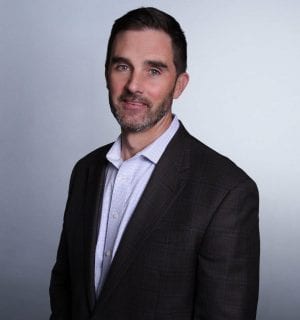News and Insights
Seizing an Opportunity That’s Not Getting Any Younger
May 30, 2023
Over the past few years, we’ve seen numerous articles in leading news outlets highlighting how brands are missing a big and growing opportunity to market their products and services to consumers over the age of 50. In the latest example of this, Esquire published a story about how Hollywood is largely ignoring this audience, calling out the entertainment industry’s inability to “recognize, embrace and capitalize on…a powerful opportunity to reel in enormous audiences.”
We’ve all seen the numbers. Responsible for nearly half of all spending in the U.S., consumers over 50 already compose 36 percent of the U.S. population and some 10,000 people a day are turning 50. In 2030, the first millennials will turn 50; by then, one in five Americans will be 65 or older and there will be more people in the U.S. over 50 than under 18.
So why are outlets like Esquire, Forbes, The New York Times, and Fast Company—among many others—dedicating the time and space to cover this topic? It’s simple: the demographic shift is creating a host of new brand- and business-building opportunities, but marketers haven’t cracked the code on how to capitalize.
Despite every statistic advising brands to think about reaching consumers over 50 differently, most marketers have not redirected their interests, strategies and resources to connect with this audience in a meaningful way. In fact, according to a recent article in Harvard Business Review, only 5-to-10 percent of marketing budgets are dedicated to reaching this audience.
Why is that?
Marketers have been guided by myths and dated beliefs that consumers over the age of 50 are resistant to change, blindly brand loyal, uninterested in trends and slow to embrace new technologies. They’ve painted this audience with a broad brush and placed them into ‘one-size-fits-all’ segmentation models filled with stereotypes and feared we might alienate younger consumers or seem ‘less cool’ if they were viewed as a brand for more mature audiences.
The truth is consumers over the age of 50 are behind an age-defying movement that contradicts the preconceived notions brand marketers held for decades. Forget about aging quietly and with grace; this set is thinking, feeling, and behaving loudly and aging youthfully.
In the context of easy-to-say, hard-to-do, consumers over the age of 50 present marketers with a unique set of challenges. When age, as they say, is just a number, how do we communicate with an audience that’s so diverse? How do we adjust our approach to reflect the beliefs, attitudes and values impacting their purchase decisions? How do we use precious marketing resources to target these audiences in a way that resonates and delivers ROI?
These are the questions marketers need to tackle.
The search for these answers begins with exploring alternate approaches to reaching consumers over the age of 50 that take nuance into account, placing greater emphasis on psychographics over demographics, and embracing methodologies that focus on mindset.
Brands need to give consumers over the age of 50 more credit for being dynamic, influential and youthful, and rethink how they connect and communicate with them in a way that aligns with the size of opportunity. After all, it’s in their long-term interest to do so.
